|
An excellent portrait of an early-war Gas Identification Officer - GIO - designated by two black diamonds on a yellow helmet. One black diamond was for an assistant to the GIO. Three black diamonds were for Senior Gas Adviser. From 1942 helmets were standardized across the country:
Gas Adviser - Senior Gas Adviser GIO - Gas Identification Officer GI - Assistant to GIO FOOD - Food Decontamination Officer DC FOOD - Food Treatment Squad
0 Comments
Throughout 1938 and into 1939 the numbers of people joining the Wardens’ Service rose slowly. Following the outbreak of war there was another burst of people joining and a number of senior positions within the Wardens’ Service were paid a full-time salary. However, 90% of wardens were part-timers and one-in-six wardens were women. The vast majority were middle-aged or elderly.
As the Phoney War dragged on the number of volunteers dipped. With the call for recruitment into the Home Guard in the spring of 1940 many men resigned. By the time the Blitz started in the summer of 1940 full-time ARP personnel were being paid £3 and 5 shillings (£3 5s.) per week; women received £2, 3 shillings and 6 pence (£2 3s. 6d.) Part-time members would have their normal employment salary topped up with a few extra shillings per week. No overtime was paid. Full-time ARP personnel received 12 days’ annual holiday and three weeks sick pay. London Auxiliary Ambulance Service (LAAS) driver and attendant with their Talbot ambulance in 1939. The LAAS was created to support the existing London Ambulance Service (LAS) dealing with the expected casualties of air raids on London. Whilst the LAS was organised by the London County Council (LCC), the LAAS was managed by individual ambulance stations.
Image Copyright: London Metropolitan Archive This original Incident Officer (I.O.) sleeve badge cropped up on eBay recently. Is pretty good condition, the thread colour - Cambridge blue - is more easily identified on the rear of the badge here. Examples are getting somewhat scare and this example sold on eBay for £34.
To ensure that communications could still be maintained during a gas attack, telephone operators were issued with specially adapted gas masks. A microphone was fixed close to the filter and an integral headset was included that would be plugged into the normal telephone exchange board.
|
Please support this website's running costs and keep it advert free
Categories
All
Archives
March 2024
|
|
|
Copyright Craig Smith © 2018–2024
|
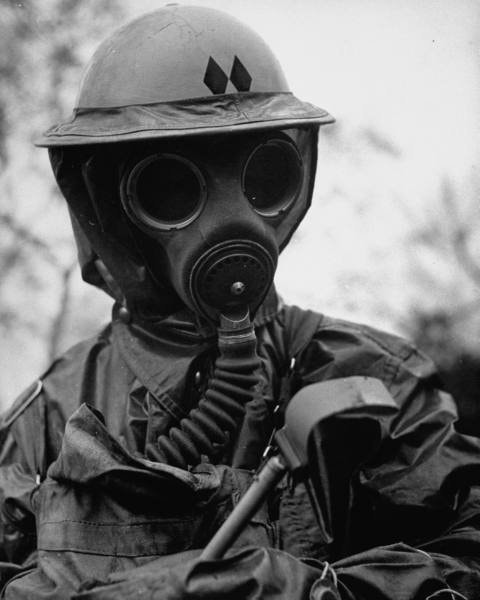
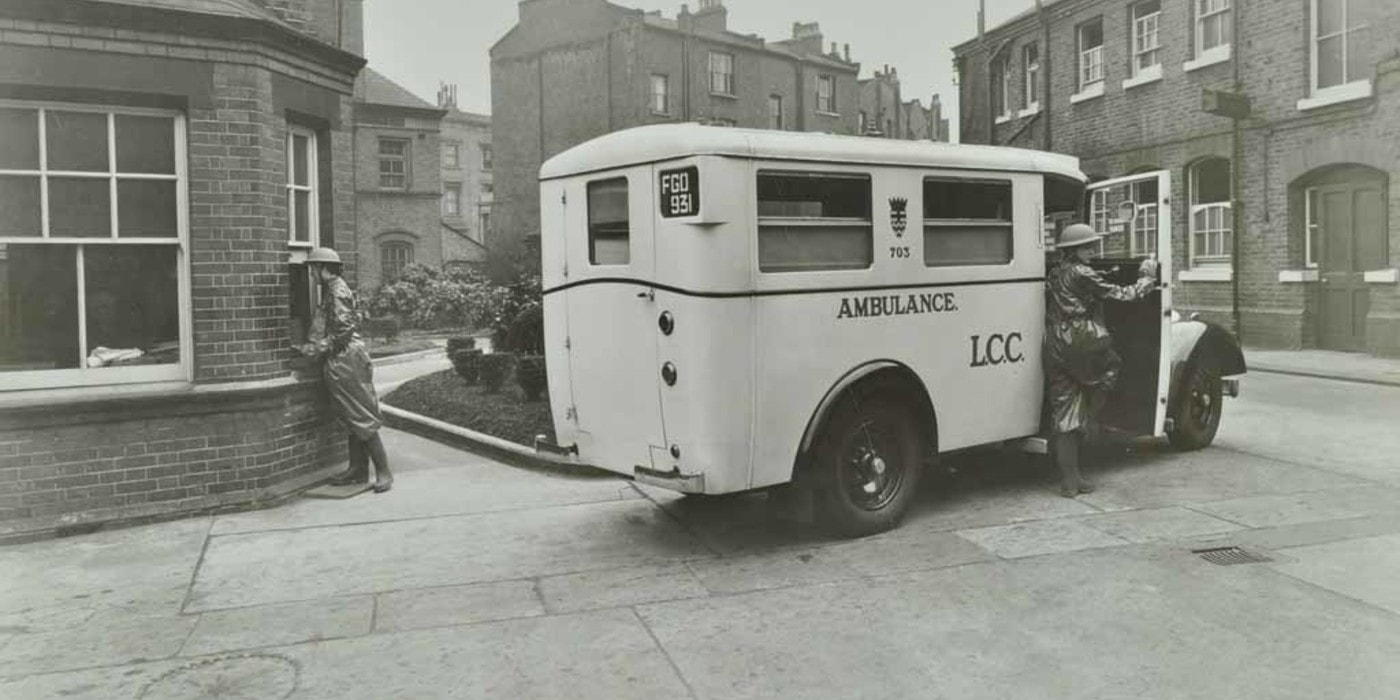
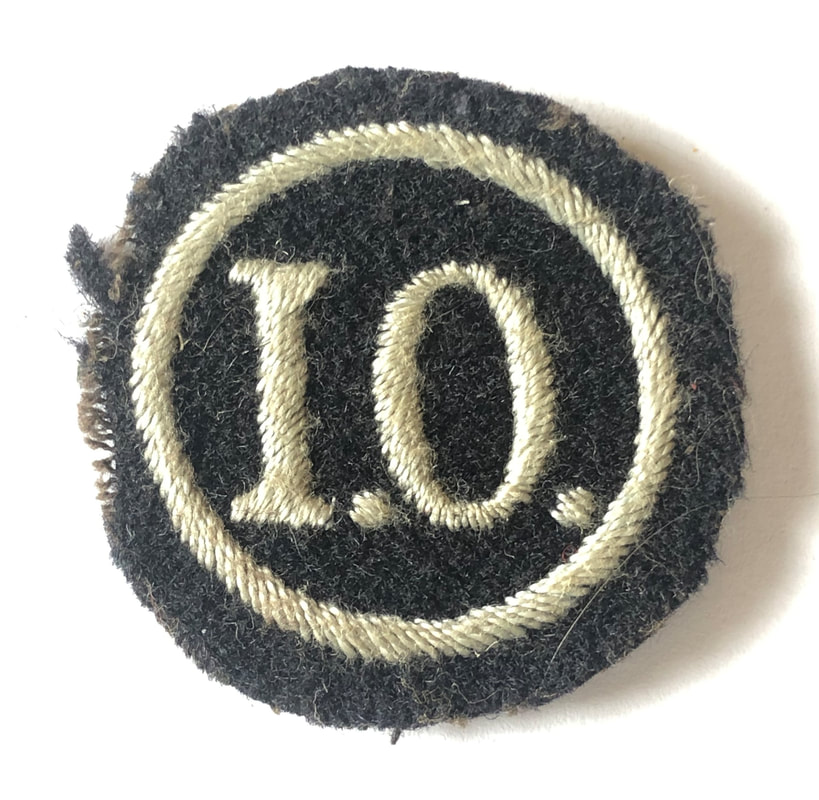
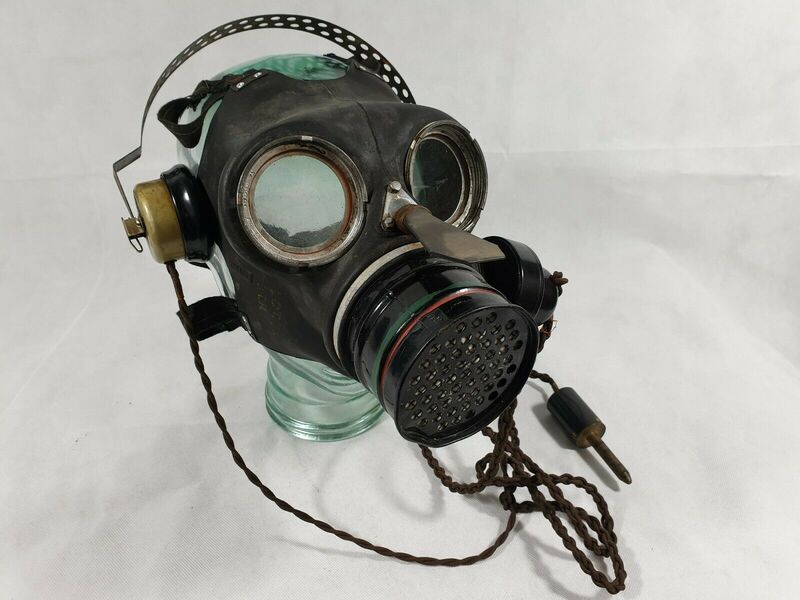
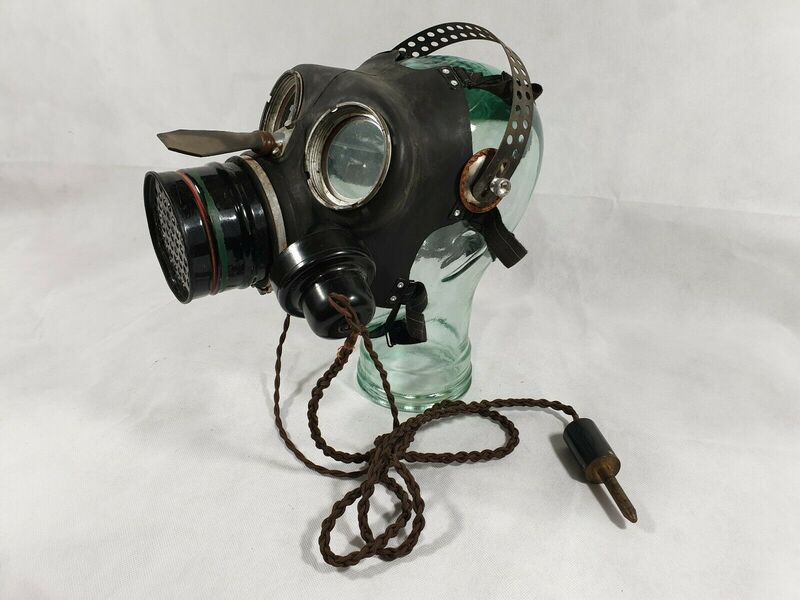
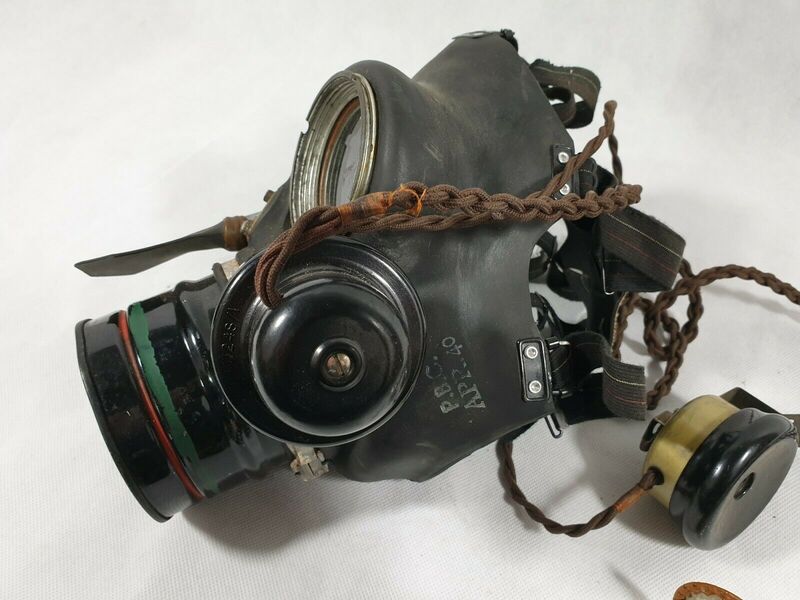
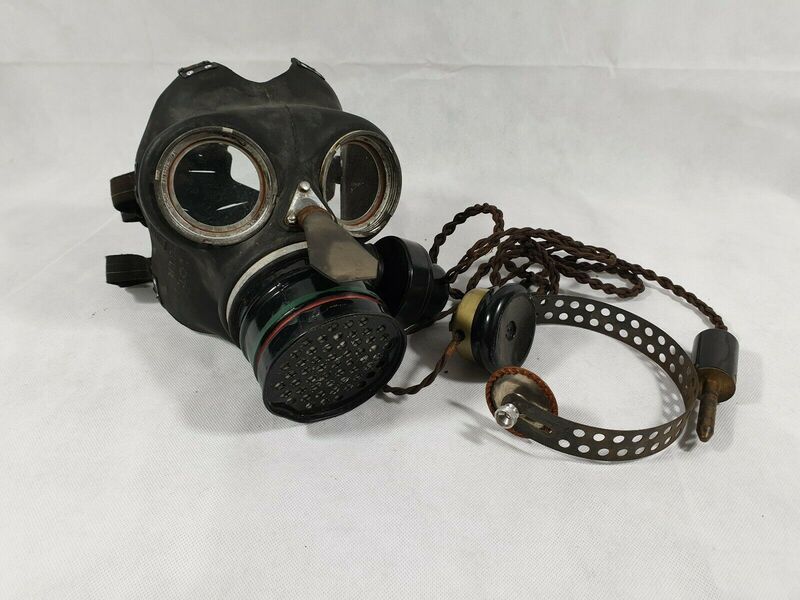
 RSS Feed
RSS Feed